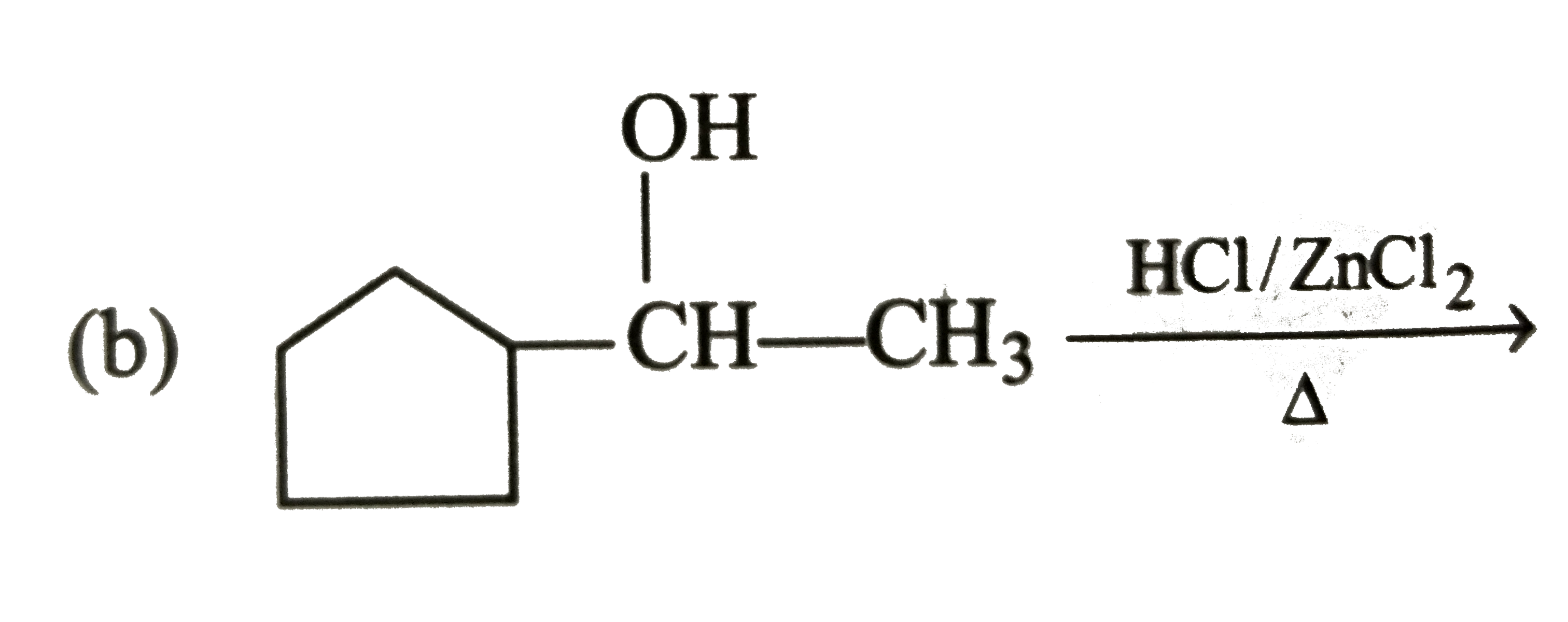The major product [B] in the following sequence of reaction is having how many sp3 hybridized Carbon atoms ?
⎛⎜
⎜⎝CH3−C∣CH(CH3)2=CH−CH2CH3⎞⎟
⎟⎠(i)B2H6−−−−−−−−−−→(ii)H2O2,OHΘ[A]dil.H2SO4−−−−−→Δ[B]
The correct Answer is:6
To determine the number of sp³ hybridized carbon atoms in the major product (B) of the given reaction sequence, we will follow these steps:
Step 1: Identify the starting material
The starting material is an alkene with the structure:
(CH3)2C=CH-CH2CH3
Step 2: Understand the reaction sequence
The reaction involves two main steps:
1. Hydroboration-oxidation using diborane (B₂H₆) followed by hydrogen peroxide (H₂O₂) and hydroxide ion (OH⁻).
2. Treatment with dilute sulfuric acid (H₂SO₄) and heat.
Step 3: Perform hydroboration-oxidation
In the hydroboration-oxidation step, the alkene undergoes reaction according to the anti-Markovnikov rule. This means that the hydroxyl group (OH) will attach to the less substituted carbon, while hydrogen will attach to the more substituted carbon.
- The product A formed will have the structure:
(CH3)2C(OH)-CH2CH3
Step 4: Dehydration to form product B
When product A is treated with dilute sulfuric acid and heated, dehydration occurs. The hydroxyl group (OH) is protonated, leading to the formation of a carbocation. A hydride shift may occur to form a more stable tertiary carbocation, which can then lose water to form an alkene.
- The major product B will likely be:
(CH3)2C=C(CH3)-CH2CH3
Step 5: Count sp³ hybridized carbon atoms in product B
To find the number of sp³ hybridized carbon atoms in product B, we need to analyze its structure:
1. The carbon atoms involved in single bonds (sigma bonds) with four substituents are sp³ hybridized.
2. The carbon atoms involved in double bonds (like in alkenes) are sp² hybridized.
In the structure of product B:
- The two terminal CH₃ groups are sp³ hybridized.
- The CH₂ group adjacent to the double bond is also sp³ hybridized.
- The carbon atoms in the double bond (C=C) are sp² hybridized.
Conclusion
In product B, the total number of sp³ hybridized carbon atoms is 4 (from the two CH₃ groups and the two CH₂ groups).
Final Answer
The major product (B) has 4 sp³ hybridized carbon atoms.
---
The starting material is an alkene with the structure:
(CH3)2C=CH-CH2CH3
The reaction involves two main steps:
1. Hydroboration-oxidation using diborane (B₂H₆) followed by hydrogen peroxide (H₂O₂) and hydroxide ion (OH⁻).
2. Treatment with dilute sulfuric acid (H₂SO₄) and heat.
In the hydroboration-oxidation step, the alkene undergoes reaction according to the anti-Markovnikov rule. This means that the hydroxyl group (OH) will attach to the less substituted carbon, while hydrogen will attach to the more substituted carbon.
(CH3)2C(OH)-CH2CH3
When product A is treated with dilute sulfuric acid and heated, dehydration occurs. The hydroxyl group (OH) is protonated, leading to the formation of a carbocation. A hydride shift may occur to form a more stable tertiary carbocation, which can then lose water to form an alkene.
(CH3)2C=C(CH3)-CH2CH3
To find the number of sp³ hybridized carbon atoms in product B, we need to analyze its structure:
1. The carbon atoms involved in single bonds (sigma bonds) with four substituents are sp³ hybridized.
2. The carbon atoms involved in double bonds (like in alkenes) are sp² hybridized.
- The two terminal CH₃ groups are sp³ hybridized.
- The CH₂ group adjacent to the double bond is also sp³ hybridized.
- The carbon atoms in the double bond (C=C) are sp² hybridized.
In product B, the total number of sp³ hybridized carbon atoms is 4 (from the two CH₃ groups and the two CH₂ groups).
The major product (B) has 4 sp³ hybridized carbon atoms.
Topper's Solved these Questions
Similar Questions
Knowledge Check
CH3−CH2−O−C∣CH3=CH2H3O⊕−−−→Products are
A B
B C
C D
D
CH3−C∣BrH−CH2−O∣∣C−CH3N2H4,ӨOH−−−−−→Δ product :
A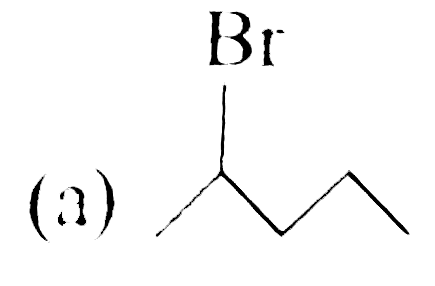 B
B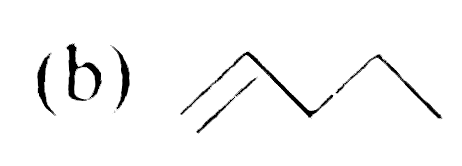 C
C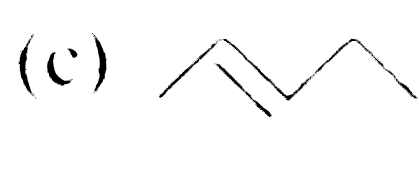 D
D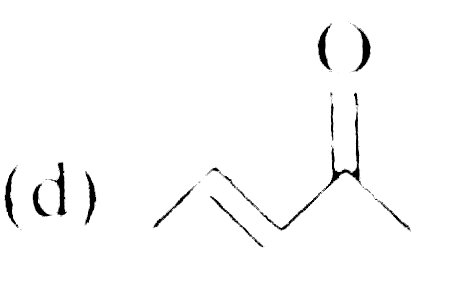
In the following sequence of reactions, the compound C formed would be
CH3−CH| NH2−CH3HNO2−−−→H2OA[O]−−→BCH3MgI−−−−−→H+/H2OCA1, 1 - DimethylethanolBButanol - 1CButanol - 2D2 - Methyl - propanol - 1
Write the main product (s) in each of the following reaction :
(i) CH3−CH3∣C∣CH3−O−CH3+HI→
(ii) CH3−CH=CH2(i)B2H6−−−−−−−−−−−→(ii)3H2O2/OH−
(iii) C6H5−OH(i)aq.NaOH−−−−−−−−→(ii)CO2,H+
View SolutionWhat would be that major product in each of the following reactions ?
i. CH3−CH3∣C∣CH3−CH2BrC2H5OH−−−−→Δ
ii.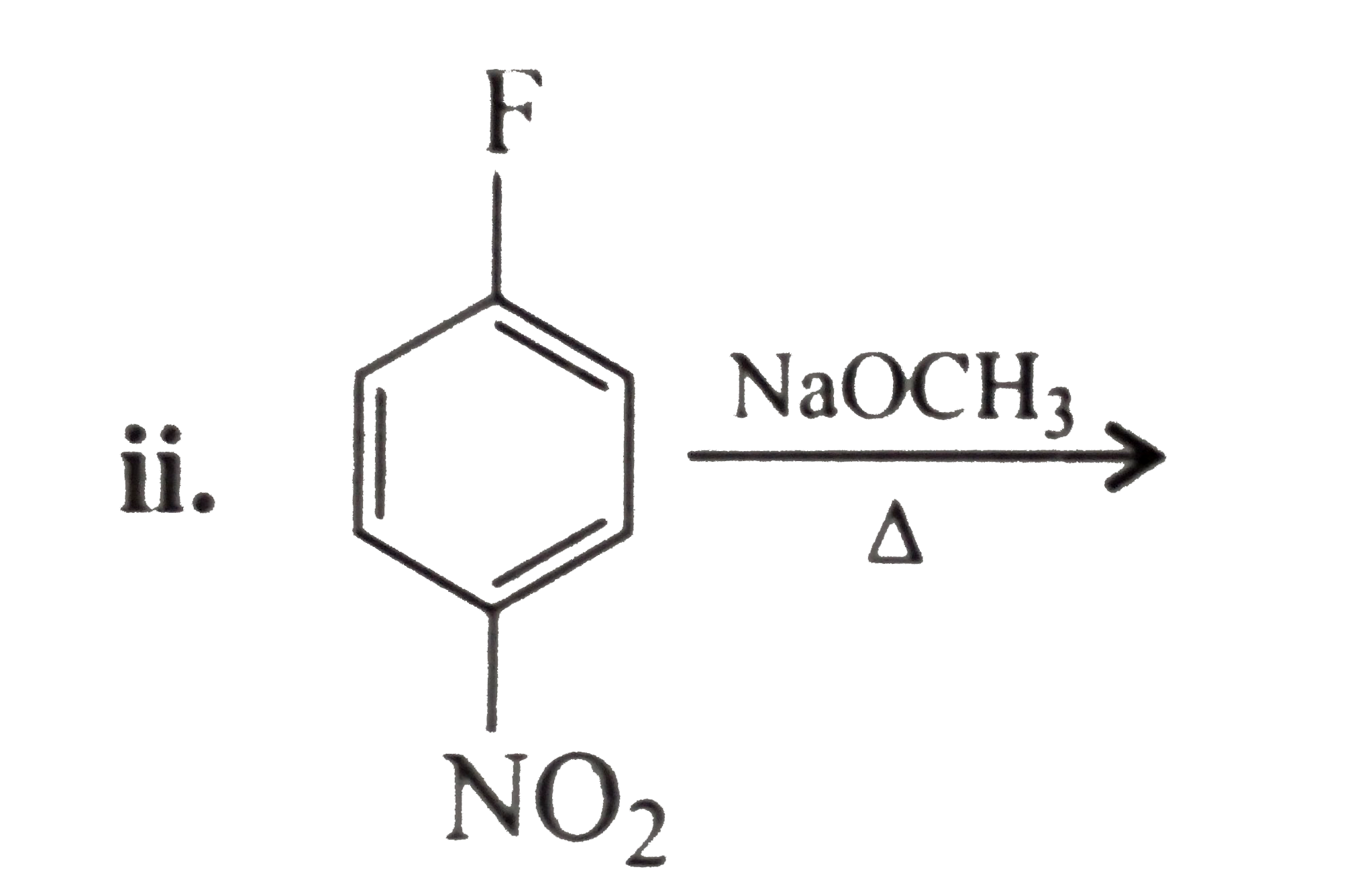
View SolutionCH3CH∣CH3−CH=CH2(i)B2H4−−−−−−−−−→(ii)H2O2/OHXH2SO4−−−→140∘Y
What is Y ?
View SolutionThe major product formed in the reaction
CH3−CH3∣C∣CH3−CH2..C..l:Ag+−−−−−→H2O
is
View SolutionIn the given reaction
CH3−CH2−C∣∣NaOH−CH3H2SO4−−−−−−−−−−→(H2O/H+),Δ(A)+(B)
A and B are:
View Solution

